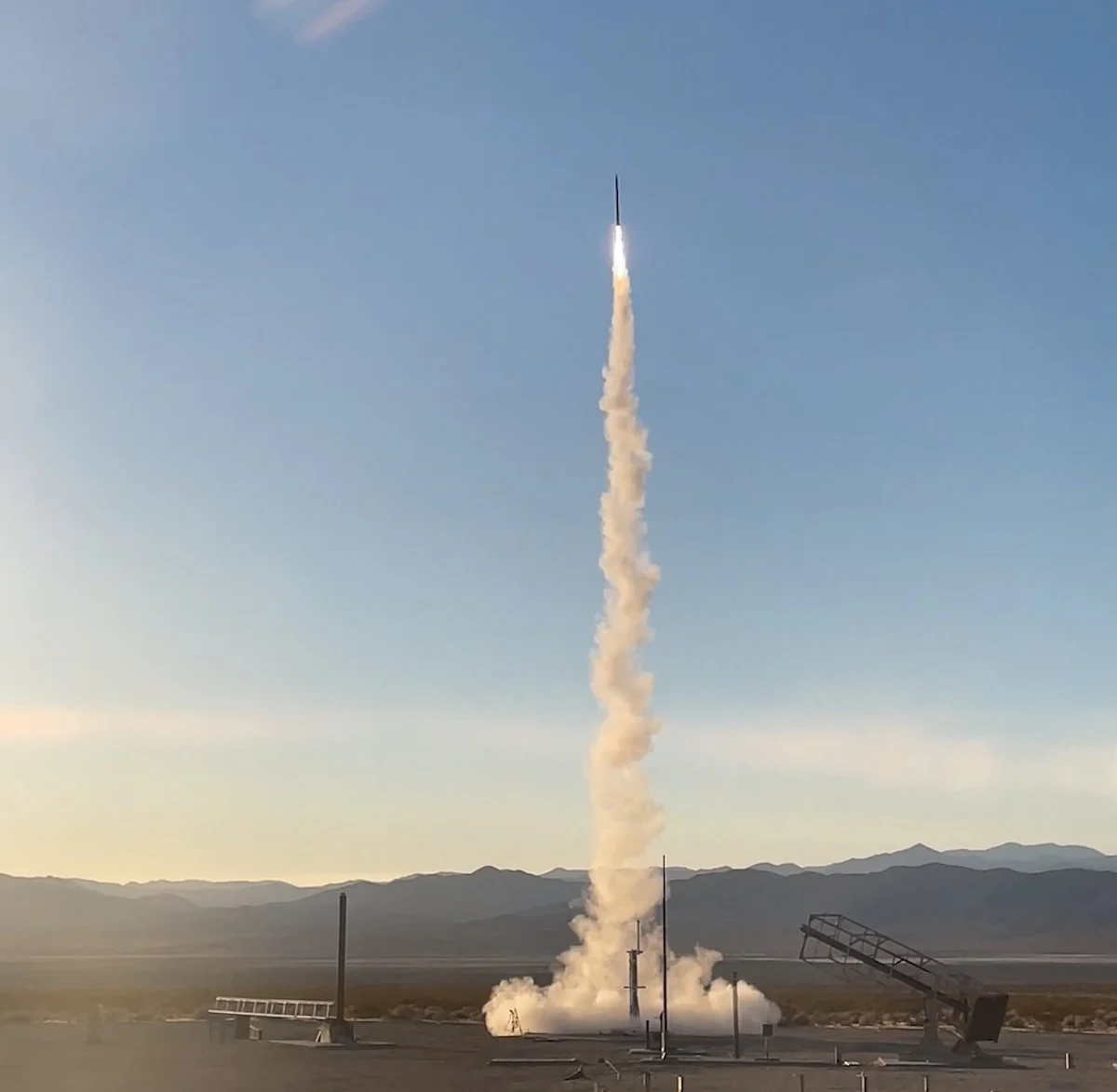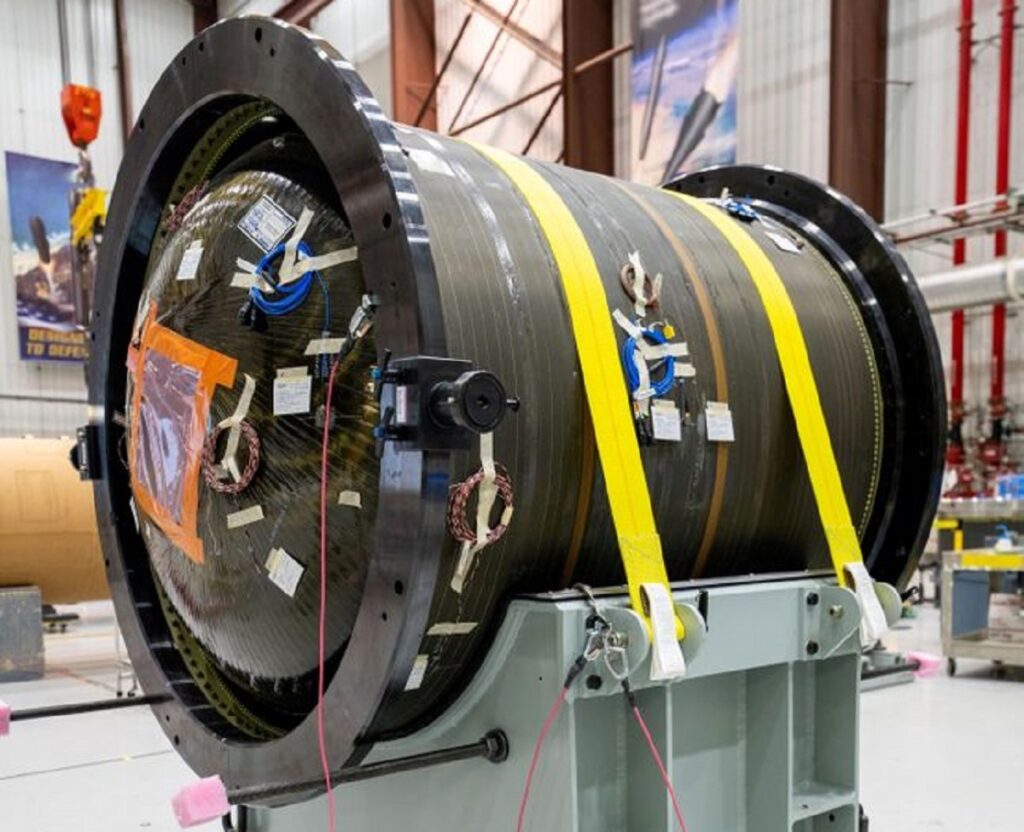
In a significant stride toward advancing missile technology, Raytheon, an RTX business, and Northrop Grumman have completed a static fire test of an advanced long-range solid rocket motor. This development is poised to enhance the speed and range of next-generation missiles, marking a pivotal moment in hypersonic weaponry.
The Successful Static Fire Test
On September 12, 2024, at the Northrop Grumman Allegany Ballistics Laboratory in West Virginia, the two defense giants conducted a static fire test of a solid rocket motor designed for hypersonic applications.
The test demonstrated the efficacy of wired end-burning technology, providing crucial data to support digital modeling and simulations that validated the design’s maturity and performance.
Colin Whelan, president of Advanced Technology at Raytheon, emphasized the significance of this milestone, stating, “By leveraging industry collaboration, we were able to demonstrate that we can produce and meet requirements for challenging long-range fires kill chains.”
Wired End-Burning Technology: A Game Changer
The wired end-burning technology employed in the rocket motor is a novel approach that offers extended range over conventional rocket motors.

This technology allows for a more controlled and efficient burn, resulting in increased thrust and, consequently, greater missile speed and range.
Frank DeMauro, vice president of Weapon Systems at Northrop Grumman, highlighted the importance of this advancement, noting, “We are excited to rapidly push the boundaries on next-generation propulsion technology and provide our customers with the ability to respond to evolving threats.”
Digital Engineering Accelerates Development
Raytheon and Northrop Grumman leveraged their combined digital engineering expertise to accelerate the design and development of the rocket motor.
By utilizing model-based systems engineering, the teams were able to simulate and validate the motor’s performance in a digital environment, reducing the time and cost associated with traditional development methods. This approach underscores the growing importance of digital tools in modern defense manufacturing.
Implications for Hypersonic Missile Development
The successful test of the solid rocket motor has significant implications for the development of hypersonic missiles. Hypersonic weapons, which travel at speeds greater than Mach 5, offer unparalleled speed and maneuverability, making them difficult to detect and intercept.
The enhanced propulsion capabilities demonstrated in this test are critical for extending the range and effectiveness of such weapons.
Raytheon and Northrop Grumman have a history of collaboration in hypersonic systems development. Their joint efforts on the Hypersonic Air-breathing Weapon Concept (HAWC) have already yielded successful flight tests, with the HAWC missile achieving speeds greater than Mach 5 and altitudes over 60,000 feet.
Strategic Importance and Future Outlook
The advancement of hypersonic missile technology is a strategic priority for the United States and its allies. As adversaries develop their hypersonic capabilities, the need for effective offensive and defensive systems becomes paramount.
The successful test of the solid rocket motor by Raytheon and Northrop Grumman represents a critical step in ensuring that the U.S. maintains a technological edge in this domain.
Looking ahead, the data and insights gained from this test will inform the continued development of next-generation missiles.

The integration of wired end-burning technology and digital engineering practices will likely become standard in future missile programs, leading to faster, more efficient, and more capable weapons systems.
Read More:- RCB Official Arrested After 11 Die in Stampede During Victory Parade
Conclusion
The successful static fire test of an advanced long-range solid rocket motor by Raytheon and Northrop Grumman marks a significant milestone in the pursuit of enhanced missile speed and range.
By demonstrating the viability of wired end-burning technology and leveraging digital engineering, the two companies have set the stage for the next generation of hypersonic missiles.
This development not only strengthens the United States’ defense capabilities but also underscores the importance of innovation and collaboration in addressing emerging threats.
As the global security landscape evolves, the ability to rapidly develop and deploy advanced missile systems will be crucial. The partnership between Raytheon and Northrop Grumman exemplifies the kind of forward-thinking and technological prowess necessary to meet these challenges head-on.
With continued investment and research, the future of missile technology promises to be faster, more agile, and more formidable than ever before.
Disclaimer: This content is for informational purposes only and is based on publicly available sources. It does not represent the views of Raytheon, Northrop Grumman, or any defense agency. For official updates and technical specifications, please refer to the companies’ official websites or authorized press releases.








